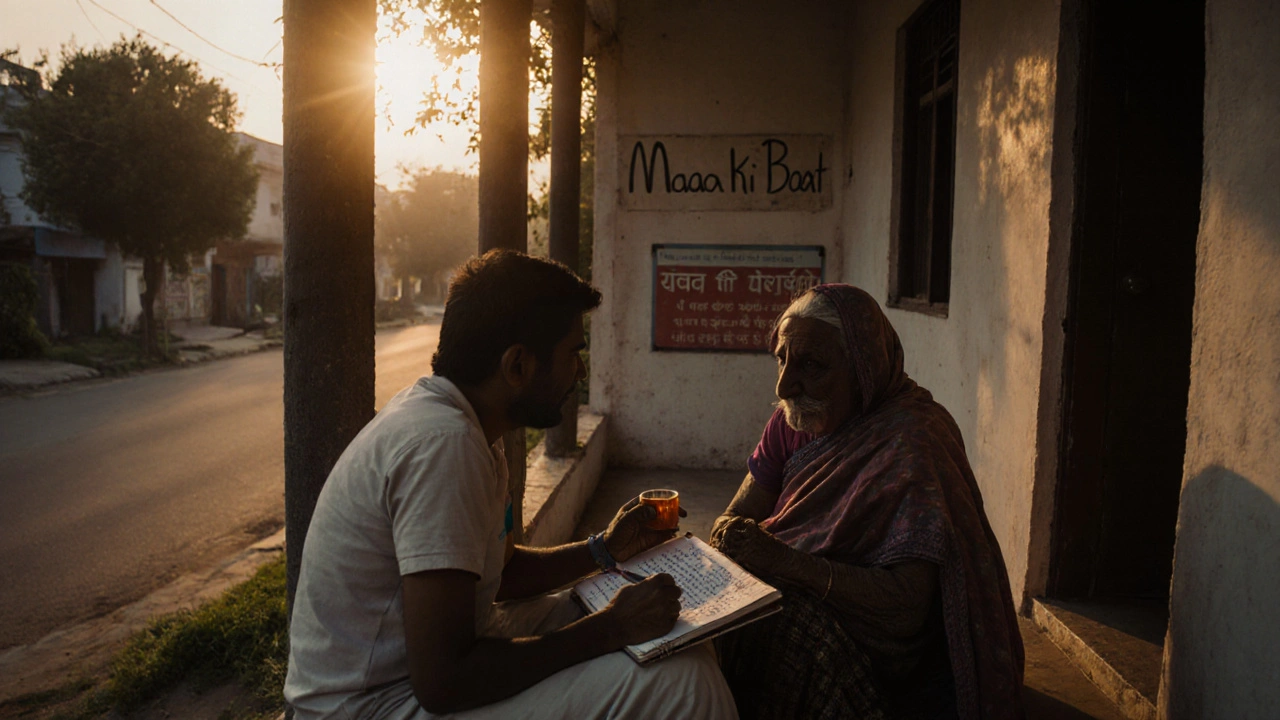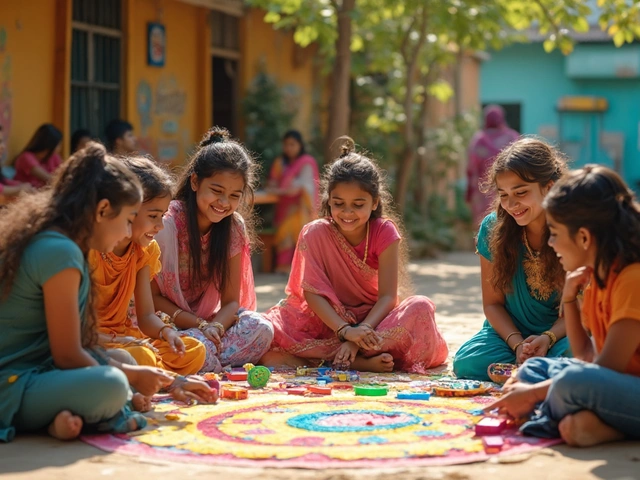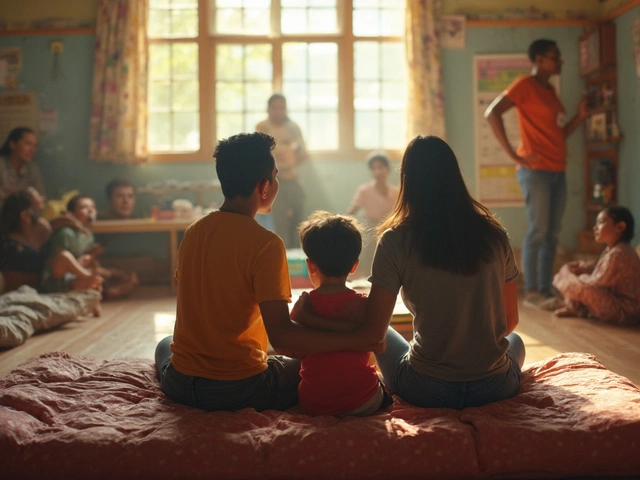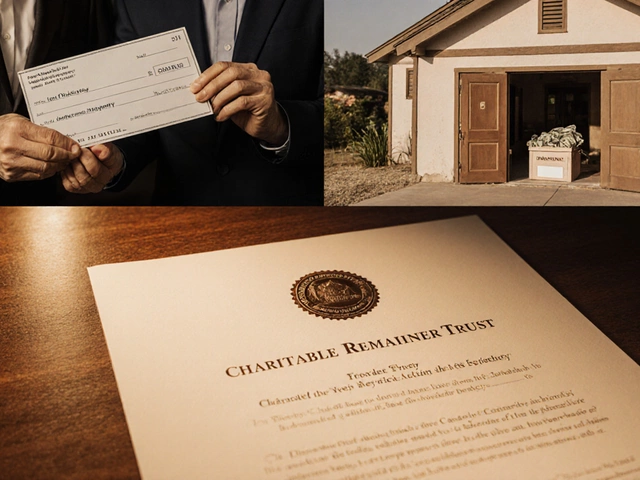Community Needs Assessment Tool
Use this tool to identify authentic community needs based on cultural context and service gaps. Based on research from the University of Auckland.
Community outreach isn’t just handing out flyers or showing up at a local fair. It’s the quiet, consistent work that connects people to resources, builds trust, and turns isolated individuals into active members of a neighborhood. If you’ve ever wondered what someone actually does in community outreach, the answer isn’t one job-it’s a mix of listening, organizing, advocating, and showing up when no one’s watching.
Listening First: Understanding What the Community Needs
Before any program is launched, outreach workers spend time listening. Not just to leaders or volunteers, but to the people who rarely get asked: the single parent working two jobs, the elderly person who hasn’t left their home in weeks, the teenager who feels invisible. This isn’t a survey. It’s door-knocking, coffee chats, attending PTA meetings, sitting in on cultural events. In Wellington, outreach teams have learned that Māori families often prefer talking on marae grounds rather than in offices. In low-income neighborhoods, people don’t trust forms-they trust faces they see regularly.The first responsibility? Identify real needs, not assumed ones. A city might think families need after-school tutoring. But if parents are working nights and kids are staying home alone, what they really need is safe, supervised space during those hours. Outreach workers connect the dots between what’s offered and what’s actually missing.
Building Bridges Between Organizations and People
No single group can fix everything. Food banks don’t handle housing. Mental health clinics don’t provide job training. Outreach acts as the glue. A good outreach worker knows which agency does what, who to call, and how to get someone past bureaucratic walls.Imagine a veteran struggling with PTSD and unemployment. The outreach worker doesn’t just refer them to a VA office-they walk them there, help fill out forms, call ahead to explain the situation, and follow up a week later. They’re the person who remembers that Maria from the food bank knows the social worker who can fast-track emergency housing. They keep a mental map of local services and who’s willing to bend the rules for someone in crisis.
This role requires deep knowledge of local systems: how to apply for benefits, what documentation is needed, where waitlists are shortest. It’s not glamorous, but it’s essential. One study from the University of Auckland found that people who had an outreach liaison were 40% more likely to access critical services than those who tried alone.
Mobilizing Volunteers and Local Resources
Outreach doesn’t run on paid staff alone. It runs on people who care. That’s why recruiting, training, and keeping volunteers engaged is a core responsibility. But it’s not about counting bodies-it’s about matching skills to needs.Not every volunteer needs to hand out meals. Some can tutor kids after school. Others can help seniors with tech support or drive people to medical appointments. Outreach workers identify these gaps and create simple, clear roles. They make sure volunteers aren’t overwhelmed. They celebrate small wins: “You helped five people get their ID cards this month-that’s five people who can now get a job.”
In Wellington, a community garden project started because an outreach worker noticed unused land and a group of retired teachers who wanted to teach kids about food. They didn’t wait for funding. They asked neighbors for tools, got donations from a local nursery, and turned a vacant lot into a learning space. That’s outreach: seeing potential where others see emptiness.
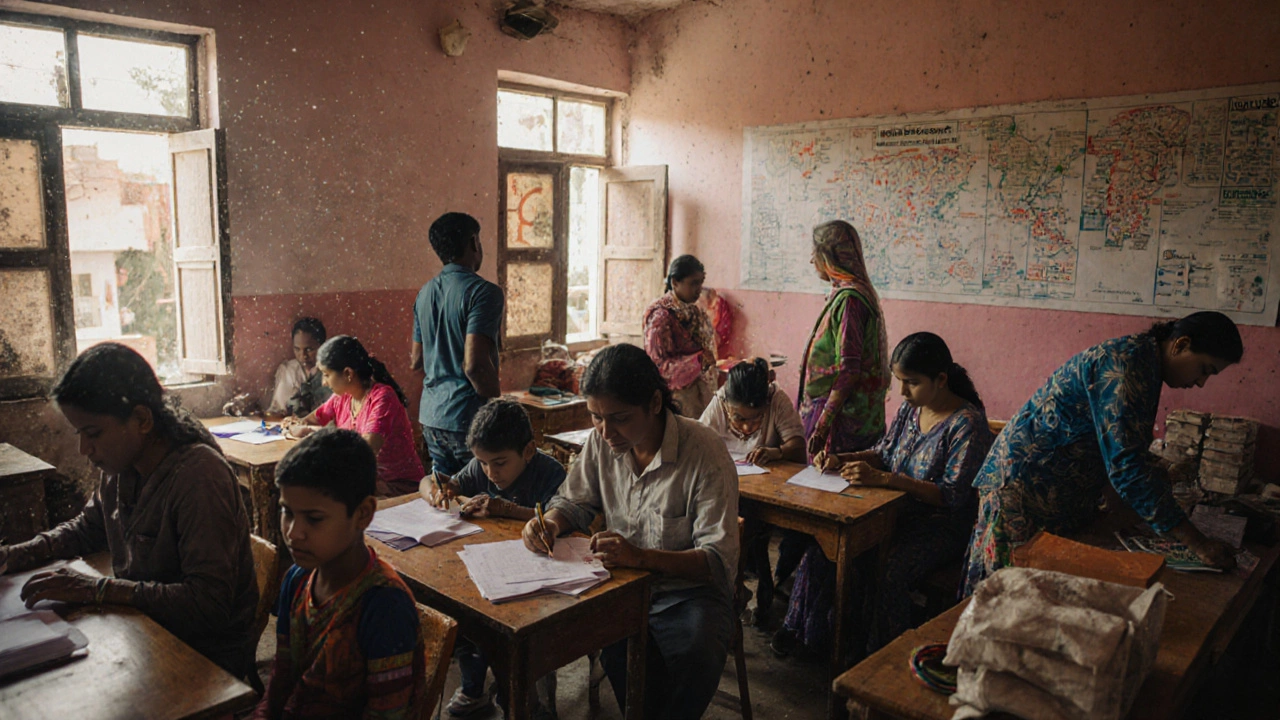
Advocating for Change
Sometimes, the problem isn’t a lack of services-it’s a lack of fair access. Outreach workers often become advocates, speaking up when systems fail. They collect stories. They show data. They push for policy changes.For example, in 2023, outreach teams in lower-income suburbs noticed that bus routes stopped at 6 p.m., making it impossible for night-shift workers to get home. They gathered signatures, brought families to council meetings, and presented data on late-night transit gaps. Within eight months, two new evening routes were added.
This isn’t activism in the protest sense. It’s quiet, persistent pressure. It’s showing up at every public forum, writing letters, partnering with local media, and making sure the voices of the unheard are heard in rooms where decisions are made.
Creating Safe, Inclusive Spaces
Outreach isn’t just about access-it’s about belonging. Many people avoid services because they feel judged, misunderstood, or unsafe. Outreach workers build trust by being consistent, respectful, and culturally aware.In communities with high refugee populations, outreach teams hire staff who speak the same languages and understand cultural norms. They don’t assume everyone celebrates Christmas or eats the same food. They adapt events to fit traditions: hosting a Lunar New Year gathering instead of a generic holiday party, offering halal meals at food distributions, ensuring women can access services without male staff present if that’s their preference.
This level of inclusion doesn’t happen by accident. It’s intentional. It’s training staff to recognize microaggressions. It’s checking in with community elders before launching a program. It’s admitting when you don’t know something and asking for help.
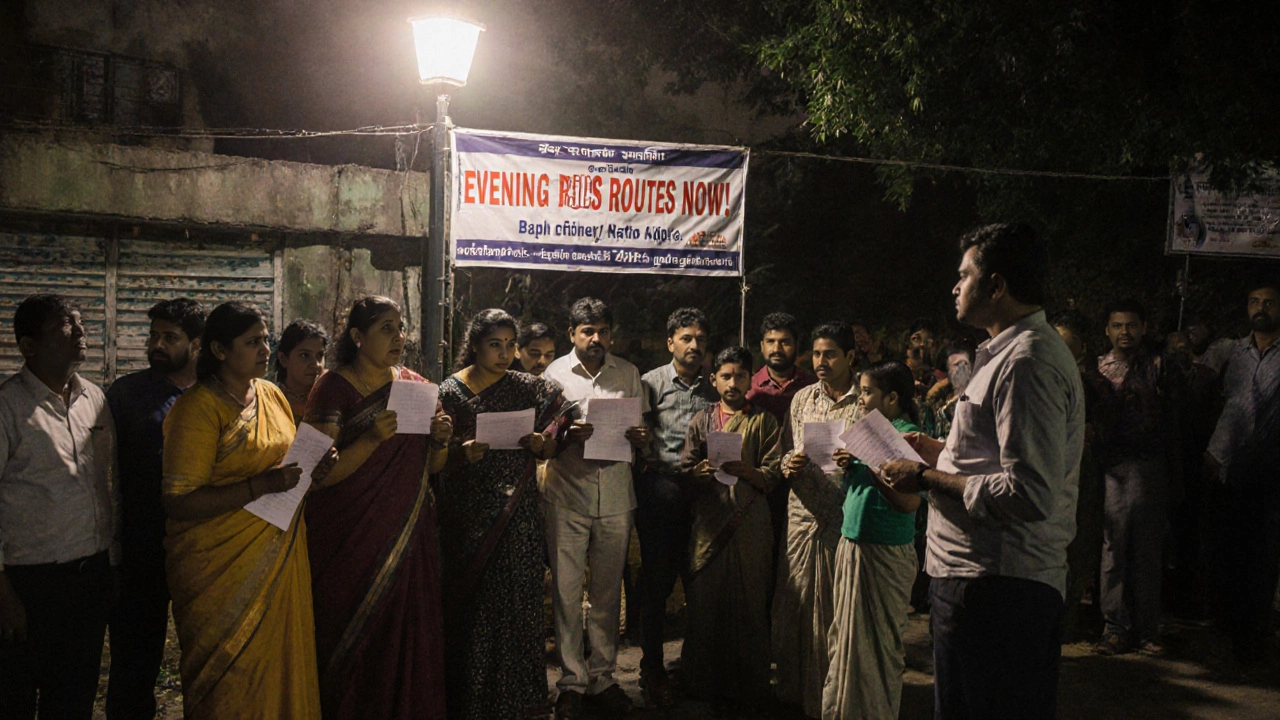
Tracking Impact and Adapting
Good outreach doesn’t guess-it measures. But not with fancy software. With simple, human tracking: How many people came back? Did they get the help they needed? What stopped them from coming back?One program in Porirua tracked how many youth returned to their weekly mentoring sessions. When attendance dropped, they didn’t blame the kids. They asked: Was the timing wrong? Was the mentor too stern? Did someone feel embarrassed? Turns out, the sessions were held in a cold, windowless room. They moved it to a library with natural light. Attendance jumped by 60%.
Outreach workers use feedback loops-not surveys, but conversations. They keep notebooks. They remember names. They adjust based on what people actually say, not what they think should work.
What Outreach Is Not
It’s not charity. It’s not pity. It’s not a one-time event. Outreach fails when it’s transactional: “We gave you food, now go away.” True outreach is relational. It’s about long-term presence.It’s not about saving people. It’s about walking alongside them. It’s not about fixing problems from the outside. It’s about empowering people to fix them together.
And it’s not always visible. You won’t see it on the news. But you’ll feel it in a neighborhood where people say hello to each other, where kids know they can ask for help, where no one has to face a crisis alone.
Is community outreach the same as volunteering?
No. Volunteering is one part of outreach, but outreach is the larger system that organizes, trains, and supports volunteers. Outreach workers plan the strategy, build relationships with communities, and ensure services are actually needed and accessible. Volunteers show up to help-outreach workers make sure their help matters.
Do you need a degree to work in community outreach?
Not always. Many outreach workers start with lived experience-having been homeless, a caregiver, or a new immigrant themselves. Formal education in social work, public health, or community development helps, but what matters most is empathy, reliability, and the ability to listen. Some of the most effective outreach workers never went to university.
How do you know if a community outreach program is working?
Look for signs of trust. Are people coming back? Are they bringing friends? Do they call the outreach worker by name? Are local leaders asking to partner? Numbers matter, but relationships matter more. A program that helps 50 people once is less valuable than one that builds lasting connections with 20 families over years.
Can community outreach reduce crime?
Yes, indirectly. Studies from the New Zealand Police and local universities show that neighborhoods with strong outreach programs see lower rates of youth crime and domestic incidents. Why? Because outreach fills gaps before they turn into crises. A kid with a mentor is less likely to join a gang. A parent with access to childcare is less likely to snap under stress. Outreach prevents problems by giving people support before they hit rock bottom.
What’s the biggest mistake outreach programs make?
Assuming they know what’s best. Many programs launch services based on what funders want or what looks good on paper-not what the community actually needs. The worst mistake? Not asking. Outreach fails when it’s designed from the top down instead of the ground up. The best programs start with one question: “What do you need?” and then shut up and listen.
